Entry Category: Architecture
 Burdette School Complex Historic District
Burdette School Complex Historic District
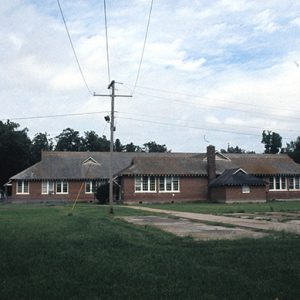 Burdette School Complex Historic District
Burdette School Complex Historic District
 Burdette School Complex Historic District
Burdette School Complex Historic District
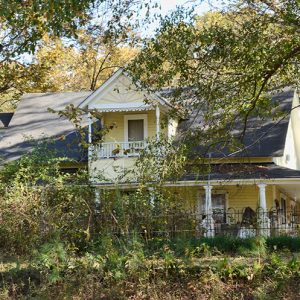 Burkett House
Burkett House
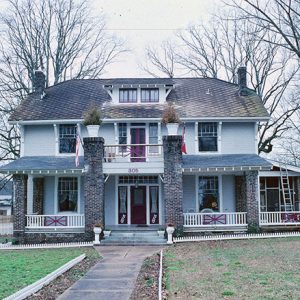 P. D. Burton House
P. D. Burton House
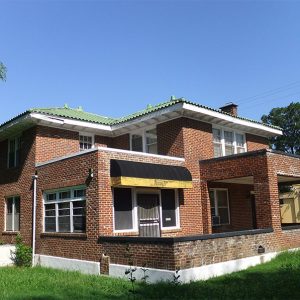 Bush-Dubisson House
Bush-Dubisson House
 Bush-Dubisson House
Bush-Dubisson House
Bush-Dubisson House
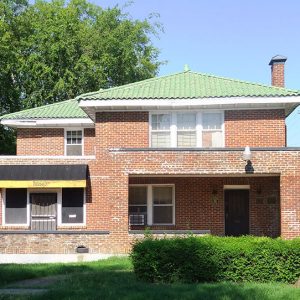 Bush-Dubisson House Entrance
Bush-Dubisson House Entrance
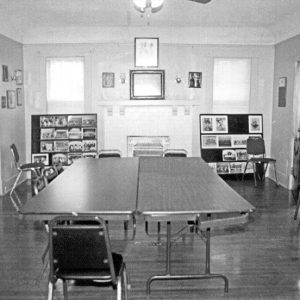 Bush-Dubisson House Interior
Bush-Dubisson House Interior
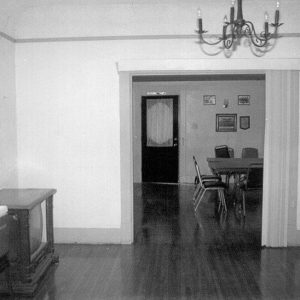 Bush-Dubisson House Interior
Bush-Dubisson House Interior
 Bush-Dubisson House Interior
Bush-Dubisson House Interior
Butler-Matthews Homestead
 Butler-Matthews Homestead
Butler-Matthews Homestead
C. E. Forrester House
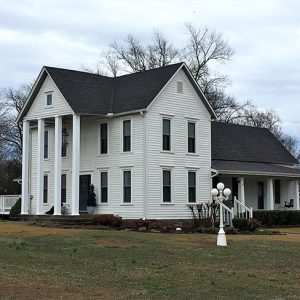 C. E. Forrester House
C. E. Forrester House
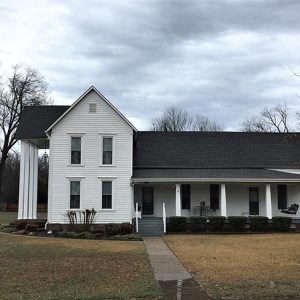 C. E. Forrester House
C. E. Forrester House
C. E. Thompson General Store and House
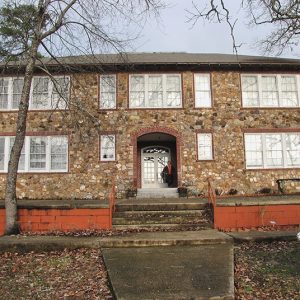 Caddo Valley Academy
Caddo Valley Academy
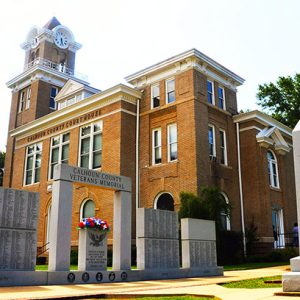 Calhoun County Courthouse
Calhoun County Courthouse
 Calhoun County Courthouse Clock
Calhoun County Courthouse Clock
Calhoun County Courthouse
Calico Rock Historic District
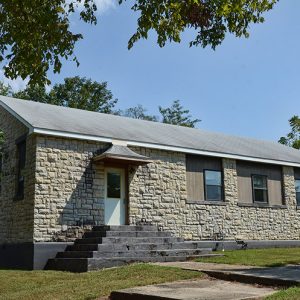 Calico Rock Home Economics Building
Calico Rock Home Economics Building
Capital Hotel
 Capital Hotel Columns
Capital Hotel Columns
 Capitol Balcony
Capitol Balcony
 Capitol Construction
Capitol Construction
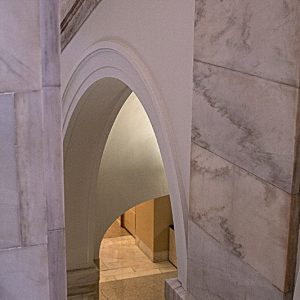 Capitol Interior
Capitol Interior
 Capitol Tower Cartoon
Capitol Tower Cartoon
Captain Charles C. Henderson House
aka: Henderson House
Captain Goodgame House
Captain Isaac N. Deadrick House
Captain John T. Burkett House
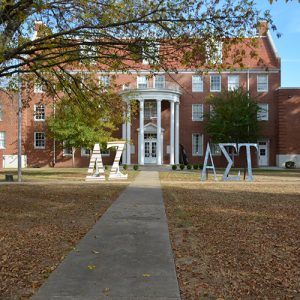 Caraway Hall
Caraway Hall
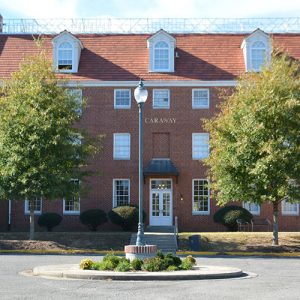 Caraway Hall
Caraway Hall
Caraway Hall (Arkansas Tech University)
 Carmean Ad
Carmean Ad
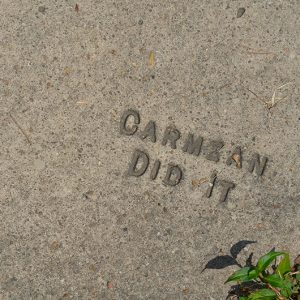 "Carmean Did It"
"Carmean Did It"
Carmean, Frank, Sr.
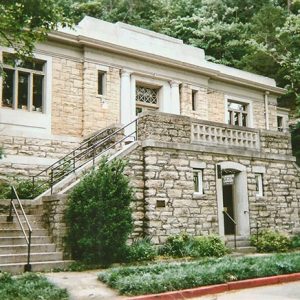 Carnegie Library at Eureka Springs
Carnegie Library at Eureka Springs
Carroll County Courthouse, Western District
Carver Gymnasium
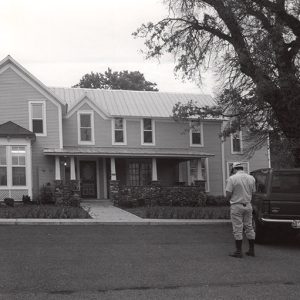 Case-Shiras-Dearmore House
Case-Shiras-Dearmore House
Case-Shiras-Dearmore House
Casey House
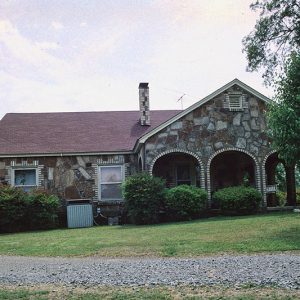 Hinkle and Ermin Castleberry House
Hinkle and Ermin Castleberry House
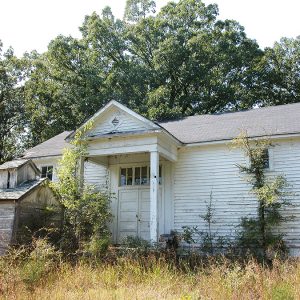 Cedar Grove School No. 81
Cedar Grove School No. 81
 Cedar Grove School No. 81
Cedar Grove School No. 81




